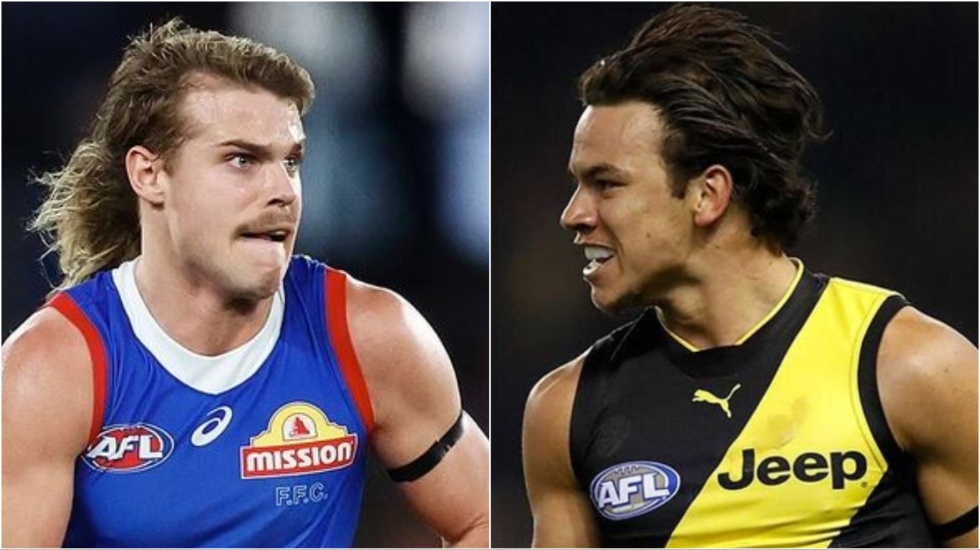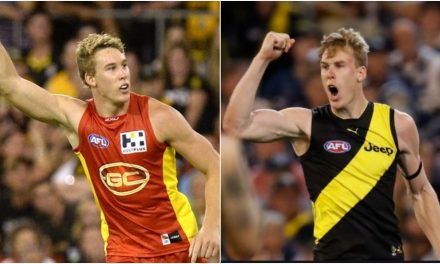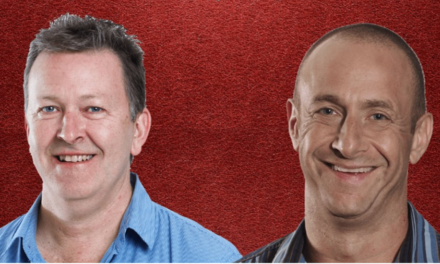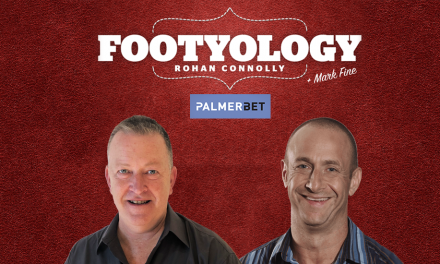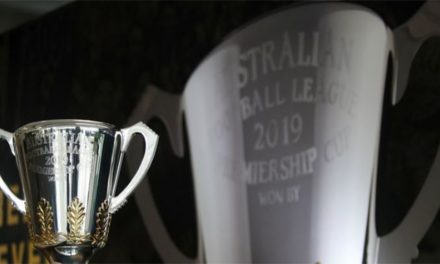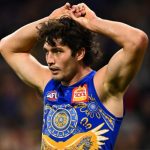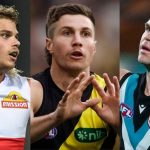Bailey Smith and Daniel Rioli: Two players central to this year’s AFL trade period. Photos: GETTY IMAGES
Across all persuasions, logic and reason is widely punted for two weeks during the AFL exchange period, as classic fallacies emerge from their slumber for another year.
Fans doggedly talk down the ability of a player their club is looking to recruit in an attempt to somehow influence the asking price. Five or six fringe players are bundled up and put forth as fair trade for a singular superstar, list spots be damned.
And another that seems to slip through the cracks is the rampant overrating of draft picks.
All teams need to maintain a presence in the draft, especially in the upper reaches of the first round when they can. The cornerstone of recruiting remains how a club gathers the handful of stars it requires to win a premiership, and those players inevitably arrive via top 10 draft selections.
Nonetheless, draft picks are a nebulous concept, with no physical human being associated with them until draft night, and no good-faith assessment of that selection logical until at least three years into said human being’s career.
Yet, too often, pick valuations are made only by looking at the best players ever taken at a given selection.
Currently, Geelong and the Western Bulldogs are duking it out over a suitable trade for Bailey Smith, with the Cats reportedly offering up pick 17. It’s a first-round selection, not an especially high one, but a decent pick in a strong draft for an out-of-contract player who’s coming off an ACL.
One could, as Geelong has previously, draft a player of the calibre of Harry Taylor or James Kelly at pick 17. But that’s the best anyone has ever done with that choice. It’s a best-case scenario. And no-one should be measuring the value of the trade based on that.
There have been zero other All-Australians picked at 17, and just four other premiership players, and over 35 drafts (the previous five are excluded as these players are still early in their career), a pick 17 plays on average 82 games. The Dogs would be mad to take a punt in this area of the draft for Smith, who at 23 years old, has a decade to eclipse these honours.
Rather than assuming that a club will make a “best case scenario” call with its choice, It’s worth looking at how many games can be expected at each selection to get a true sense of a pick’s value. As per the above, all figures exclude players drafted in the last five seasons.
This year, Gold Coast’s pick 13 is hot property, with many viewing it as not only surplus to the Suns’ requirements, but the key to unlocking a trade for Port Adelaide’s Dan Houston.
PLEASE HELP US CONTINUE TO THRIVE BY BECOMING AN OFFICIAL FOOTYOLOGY PATRON. JUST CLICK THIS LINK.
Number 13 is, historically, a good selection, with players like Nick Dal Santo, Bob Murphy, Jack Riewoldt, and Patrick Cripps giving recruiters hope. Players taken there play on average 129 games – more than any other pick outside the top seven (although this is certainly mere luck).
It’s possible that Port Adelaide could snare a superstar, but it’s not where expectations should be. Expectations should be 129 games. A decent career, but probably not what Power fans have in mind as compensation for their two-time All Australian.
The other aspect to consider here is that when it comes to utilising draft capital, what’s good for the goose isn’t necessarily good for the gander.
Using another example from this year’s trade period, is Gold Coast serving its list needs by taking another talented midfielder with pick six to add to the pile of home-grown academy players? Or does it get more bang for its buck by trading it for Daniel Rioli, a reliable senior player who fills a glaring list need?
Yes, pick six sounds juicy, and the valuation may appear skewiff in a vacuum. But market value is entirely irrelevant to Gold Coast in this situation, especially when the northern academies come into consideration. All the club needs to do is wield selection six in a way that directly benefits its list build.
An historically erroneous draft position, players taken at six play an average of just 75 games. Chance strikes again, but Rioli will surely play more than that at the Suns.
Recruiting has undoubtedly improved in recent years as more and more data is amassed. However, there are still busts from time to time, and luck plays a big role.
Through Hawthorn’s dream run this season, it was lauded as an example of a club which rebuilt with a swathe of top-tier talent and bounced back quickly. Yet the Hawks haven’t exactly nailed their top draft selections in recent years.
Josh Ward and Cam McKenzie, both selected at seven in 2021 and 2022 respectively, are yet to fully cement meaningful roles for themselves, while their selection six in 2020, Denver Grainer-Barrass, looks likely to depart for minimum chips only four years later.
Hawthorn has had some good selections in the first two rounds of the draft, but the success of its list build is more attributable to brilliant bargain recruiting (the likes of Jack Ginnivan, Massimo D’Ambrosio, Lloyd Meek) and astute later selections who have developed into stars (Jai Newcombe, Dylan Moore, James Worpel).
It’s great to have good picks. But it’s even better to have good players.
Clubs, and those observing closely from the outer, would benefit from considering the most likely outcome from a draft pick, rather than being drawn to the greatest examples of that selection’s potential.

